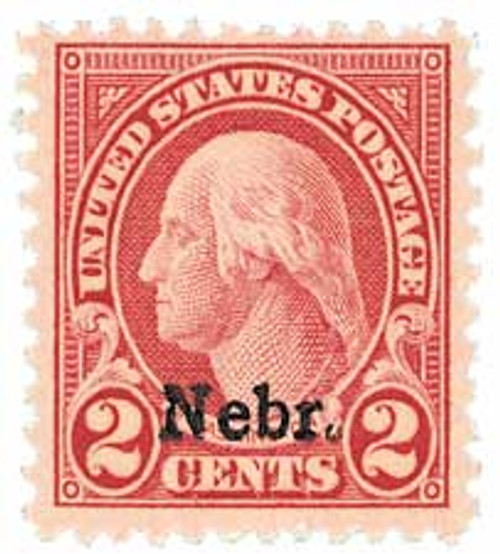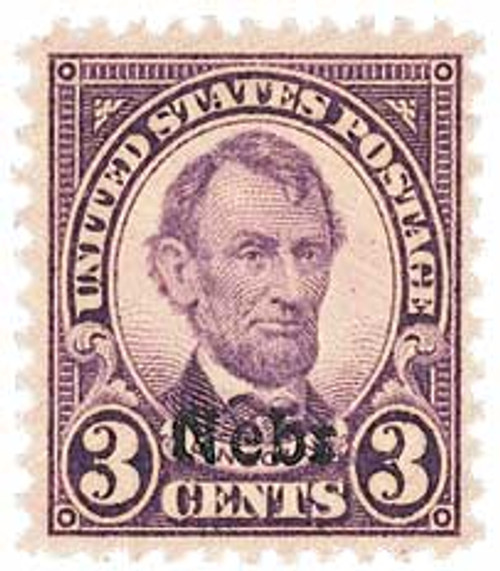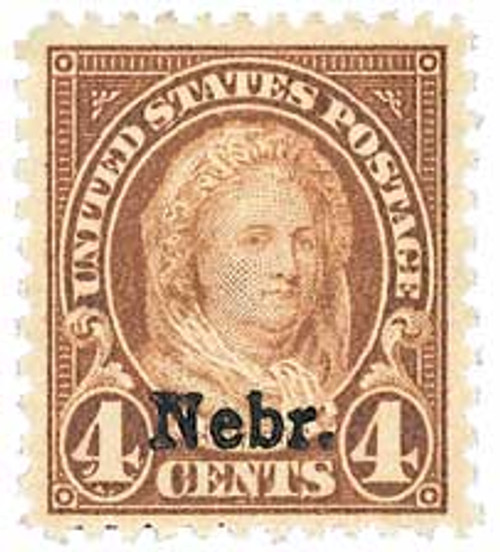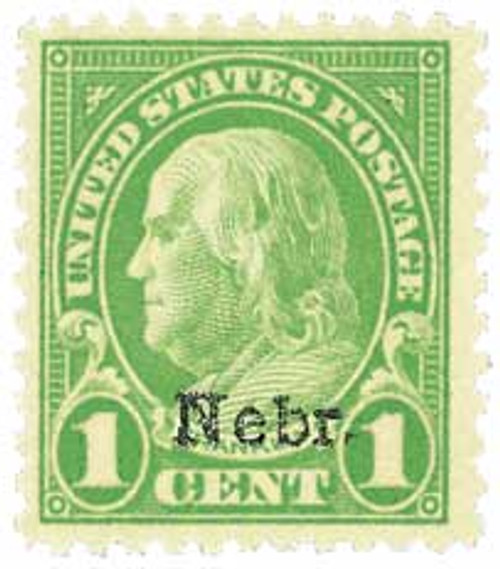
1929 10c Monroe, orange yellow, Kansas-Nebraska overprints
# 679 - 1929 10c Monroe, orange yellow, Kansas-Nebraska overprints
MSRP:
Was:
Now:
$27.00 - $1,000.00
(You save
)
(No reviews yet)
Write a Review

Write a Review

679 - 1929 10c Monroe, orange yellow, Kansas-Nebraska overprints
| Image | Condition | Price | Qty | |
|---|---|---|---|---|

|
Mint Plate Block
ⓘ
Usually ships within 30 days.
Usually ships within 30 days.
$ 1,000.00
|
$ 1,000.00 |
|
0
|
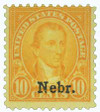
|
Mint Stamp(s)
ⓘ
Ships in 1-3 business days.
Ships in 1-3 business days.
$ 125.00
|
$ 125.00 |
|
1
|

|
Mint Stamp(s)
Fine
ⓘ
Ships in 1-3 business days.
Ships in 1-3 business days.
$ 187.50
|
$ 187.50 |
|
2
|

|
Mint Stamp(s)
Fine, Never Hinged
ⓘ
Ships in 1-3 business days.
Ships in 1-3 business days.
$ 225.00
|
$ 225.00 |
|
3
|
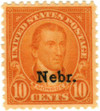
|
Mint Stamp(s)
Very Fine
ⓘ
Ships in 1-3 business days.
Ships in 1-3 business days.
$ 245.00
|
$ 245.00 |
|
4
|
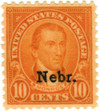
|
Mint Stamp(s)
Very Fine, Never Hinged
ⓘ
Ships in 1-3 business days.
Ships in 1-3 business days.
$ 270.00
|
$ 270.00 |
|
5
|

|
Used Single Stamp(s)
ⓘ
Ships in 1-3 business days.
Ships in 1-3 business days.
$ 55.00
|
$ 55.00 |
|
6
|
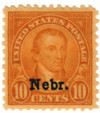
|
Mint Stamp(s)
Extra Fine
ⓘ
Ships in 1-3 business days.
Ships in 1-3 business days.
$ 292.50
|
$ 292.50 |
|
7
|
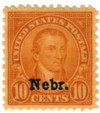
|
Mint Stamp(s)
Extra Fine, Never Hinged
ⓘ
Ships in 1-3 business days.
Ships in 1-3 business days.
$ 380.00
|
$ 380.00 |
|
8
|

|
Unused Stamp(s)
small flaws
ⓘ
Ships in 1-3 business days.
Ships in 1-3 business days.
$ 75.00
|
$ 75.00 |
|
9
|

|
Used Stamp(s)
small flaws
ⓘ
Ships in 1-3 business days.
Ships in 1-3 business days.
$ 27.00
|
$ 27.00 |
|
10
|

|
Unused Plate Block
small flaws
ⓘ
Usually ships within 30 days.
Usually ships within 30 days.
$ 625.00
|
$ 625.00 |
|
11
|
Mounts - Click Here
| Mount | Price | Qty |
|---|
U.S. #679
1929 Kansas-Nebraska Overprints
10¢ Nebraska
1929 Kansas-Nebraska Overprints
10¢ Nebraska
Issued: May 1, 1929
First City: Tecumseh, NE
Quantity Issued: 1,890,000
Printing Method: Rotary Press
Perforation: 11 x 10.5
Color: Orange yellow
First City: Tecumseh, NE
Quantity Issued: 1,890,000
Printing Method: Rotary Press
Perforation: 11 x 10.5
Color: Orange yellow
!




